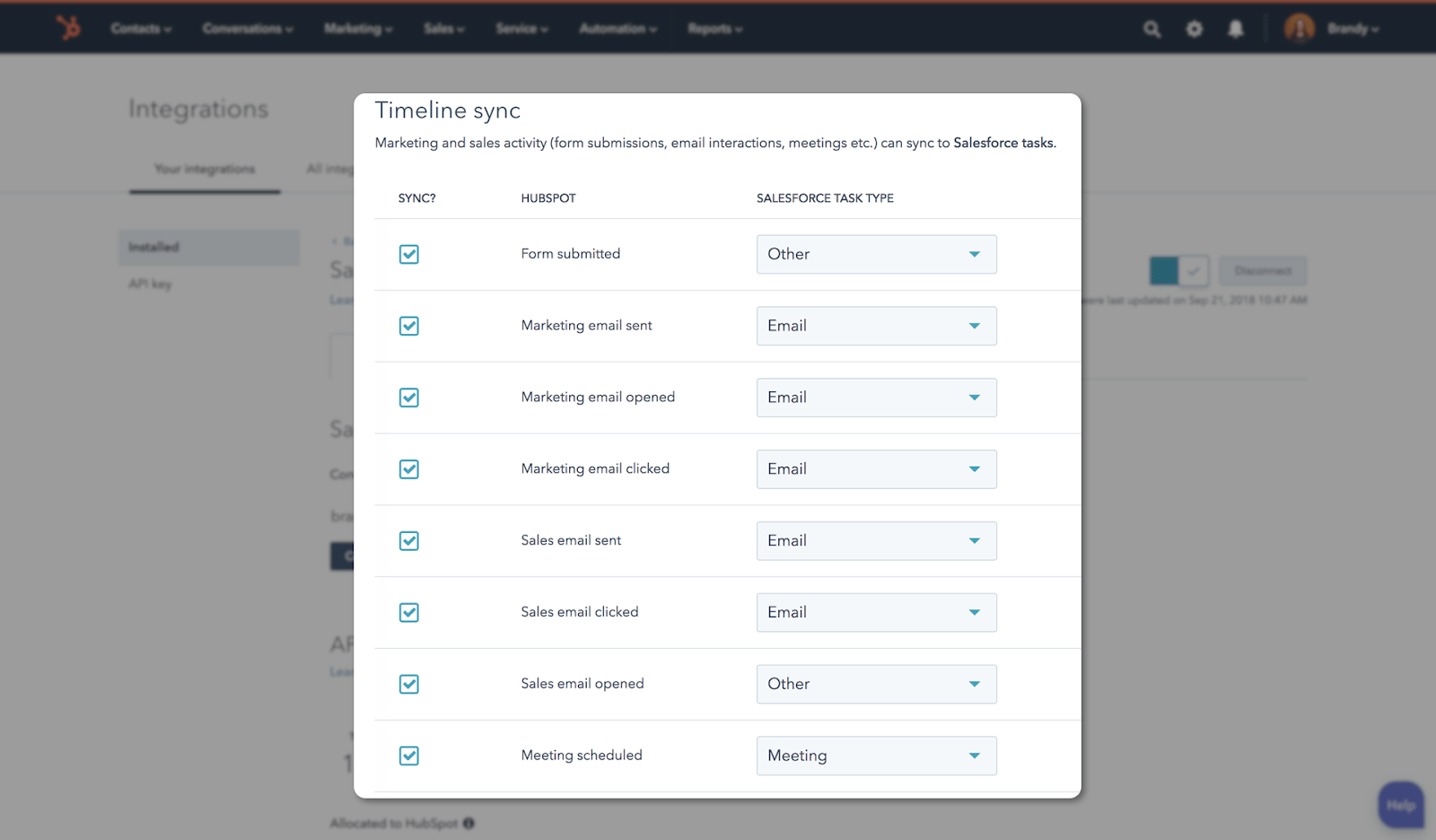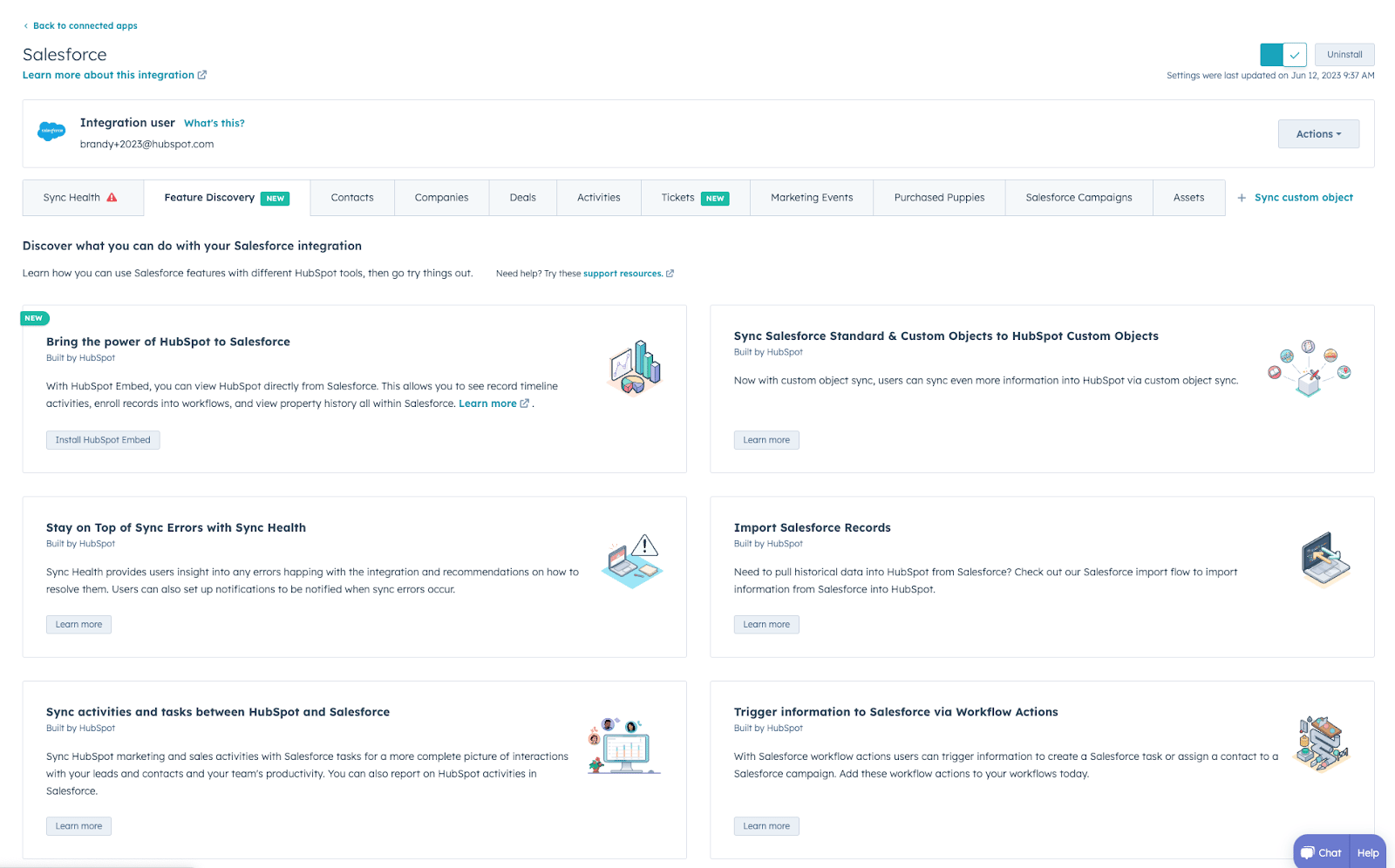Resolving Data Conflicts in Salesforce-HubSpot Integrations: Best Practices
Resolving Data Conflicts in Salesforce-HubSpot Integrations: Best Practices
When your HubSpot and Salesforce integration isn't playing nice, it's more than a technical headache—it's a revenue blocker. Mismatched data between these platforms creates a ripple effect: sales teams don't trust marketing leads, reporting becomes questionable, and your RevOps foundation starts to crack.
We've seen it hundreds of times. A company invests in both powerful platforms but struggles when they need to speak the same language. Let's solve that.
The High Cost of Data Conflicts

Data conflicts between HubSpot and Salesforce aren't just annoying—they're expensive:
- Lost revenue opportunities when leads fall through the cracks
- Wasted team time manually reconciling records
- Decreased platform adoption when users don't trust the data
- Compromised reporting leading to poor business decisions
- Duplicated efforts across marketing and sales teams
The real cost isn't just technical debt—it's the strategic impact of working with unreliable data. Your RevOps engine needs clean fuel to run efficiently.
Common Integration Conflict Points
Before diving into solutions, let's identify where these conflicts typically happen:
1. Field Mapping Misalignments
When fields aren't properly mapped between systems, data gets lost in translation. For example, HubSpot's "Company Size" might have different values than Salesforce's "Number of Employees" field.
2. Update Timing Issues
Which record wins when both systems update the same contact within minutes of each other? Without clear rules, you'll get unpredictable results.
3. Duplicate Management
Each platform has its own duplicate detection logic, leading to multiplication of records when the integration doesn't handle this properly.
4. Custom Object Complexity
Custom objects in either platform introduce additional complexity for syncing data that doesn't have a natural counterpart.
5. Conflicting Automation Rules
When HubSpot workflows and Salesforce process builders fight over the same data, the results can be chaotic.
Building Your Conflict Resolution Framework

Now let's talk solutions. Here's your playbook for resolving and preventing these data conflicts:
1. Establish Clear Field Precedence Rules
Decide which system "owns" each field. For example:
- Salesforce owns opportunity data and customer information
- HubSpot owns marketing engagement data and lead source information
Document these decisions in a field-by-field matrix that your team can reference. This isn't just a technical document—it's a strategic blueprint for your revenue operations.
2. Implement Validation Techniques
Add these protective measures to your integration:
- Data type validation to prevent format conflicts
- Required field enforcement across both platforms
- Value picklist standardization to ensure consistent options
- Trigger delays to prevent update collisions
One client reduced their data conflicts by 78% by implementing validation rules that standardized phone number formats before syncing between platforms.
3. Create Smart Synchronization Rules
Move beyond basic bi-directional syncing with more sophisticated rules:
IF LastModifiedDate(Salesforce) > LastModifiedDate(HubSpot)
THEN Salesforce data wins
ELSE IF Field = "Lead Score" OR Field = "Email Engagement"
THEN HubSpot data wins
ELSE
Flag for manual review
This approach gives you control while automating the majority of conflict resolution.
4. Build Monitoring Systems
Don't wait for users to discover problems. Set up:
- Daily sync error reports that flag failed records
- Field value divergence alerts that catch when systems drift
- Sync performance dashboards to track integration health
One manufacturing client we work with created a "data integrity score" dashboard that dramatically improved their team's confidence in the integrated systems.
5. Develop Clear Recovery Processes
When things go wrong (and they occasionally will), have documented processes:
- Who to notify about different types of conflicts
- Steps to reconcile data manually when needed
- How to determine the "source of truth" for disputed records
- Procedures to update both systems without triggering sync loops
Real-World Application: Troubleshooting Common Scenarios

Let's look at specific solutions for the most frequent conflict scenarios:
Scenario 1: Contact Information Updates
When contact details update in both systems, use this approach:
- Create fields that track "Last Updated By Source" in both systems
- Configure your integration to respect these source indicators
- For VIP contacts, flag changes for manual review
Scenario 2: Lead-to-Customer Conversion
The lead conversion process often causes integration headaches. Solve this by:
- Mapping your entire lead lifecycle across both platforms
- Creating a staging area for converting leads before syncing
- Implementing a verification step before creating accounts in Salesforce
A financial services client eliminated 94% of their conversion conflicts by implementing this three-step process.
Scenario 3: Custom Field Proliferation
When custom fields multiply out of control:
- Audit all fields quarterly and deprecate unused ones
- Require business justification for new field creation
- Use field dependencies to simplify data entry
- Create comprehensive field documentation accessible to all users
Next Steps: Building Your Integration Maintenance Plan
Data integration isn't a one-time setup—it's an ongoing commitment to your revenue operations. Here's how to stay ahead:
- Schedule quarterly integration audits
- Test all integration points after platform updates
- Train new team members on your data governance rules
- Continuously refine your conflict resolution rules based on patterns you observe
The companies that win aren't just the ones with the best tech stack—they're the ones who maintain it meticulously.
Your Path Forward
Clean, consistent data between HubSpot and Salesforce isn't a luxury—it's the foundation of effective revenue operations. The technical solution matters, but so does the strategy behind it.
Need help resolving your integration conflicts? We specialize in building and optimizing the connections between your marketing and sales platforms. Let's talk about bringing harmony to your tech stack and reliability to your data.
Ready to Elevate Your Integration?
Basic HubSpot-Salesforce sync is just the beginning. Advanced integration strategies transform how your platforms work together, creating unified workflows that drive revenue.
ATAK's RevOps team specializes in building sophisticated integrations that align your technology with your business goals. We cut through the complexity, connect your systems, and give you the tools to scale.
Ready to move beyond basic sync? Let's talk about your integration needs.



